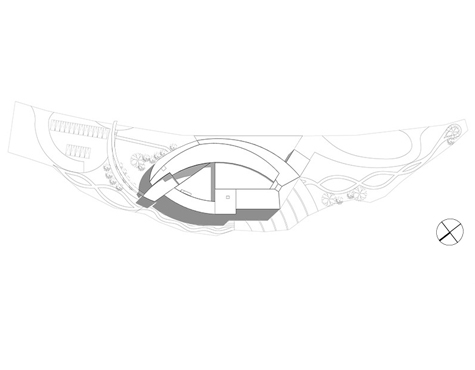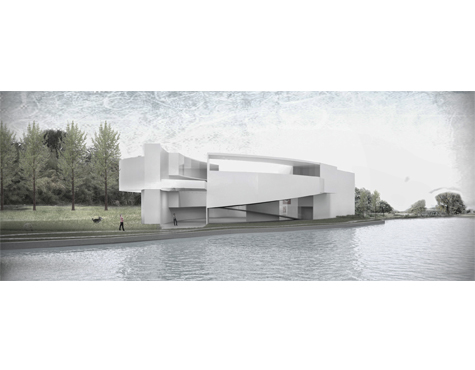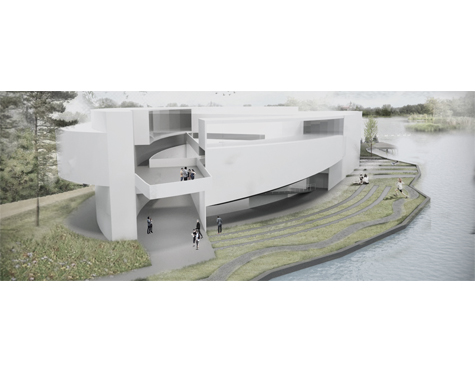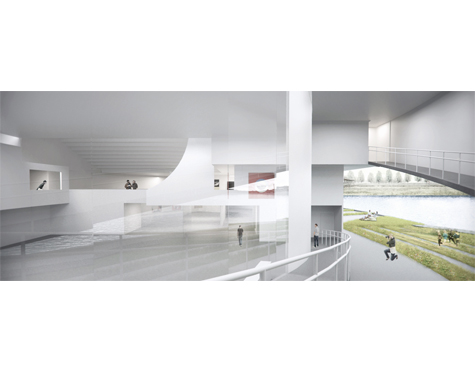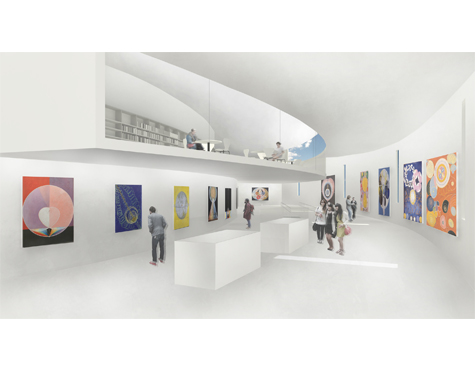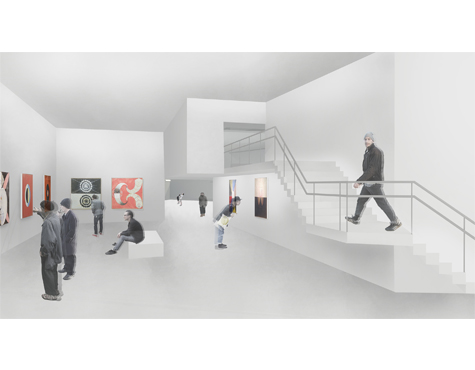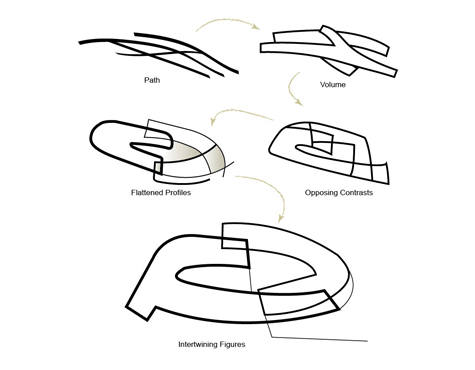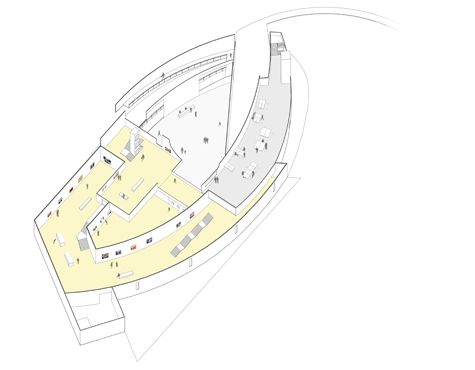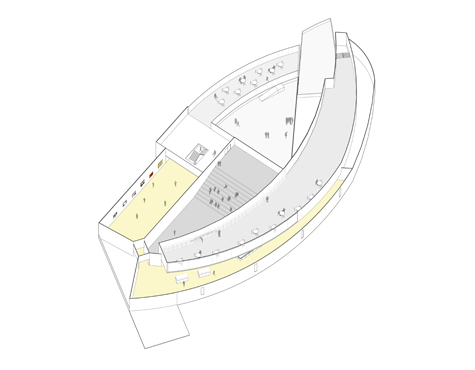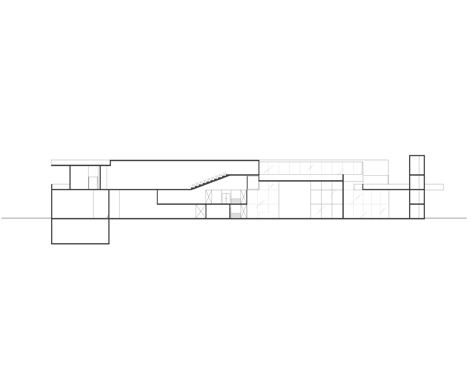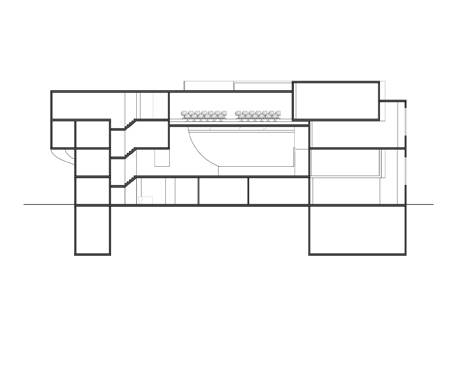A Temple for Hilma
A Temple for Hilma - The Homologous Juxtaposition of Lightness and Heaviness
Hilma's staggering life and her extraordinary art paintings are two disparate unfolds of the same thing. Her unique life journey nurtures her art performance, and her paintings could not be comprehended thoroughly without regard to her living experiences. Along with her isolated life, Hilma's marvelous paintings were sadly concealed for 80 years before they were exhibited for the first time and gradually followed by more and more public attention since on.
But is the public attention at this moment the redemption of her lifelong tragedy? To some degree it is a grateful "lightness" that Hilma's talent is not hidden in the dark anymore; on the other end, there is still an anxious "heaviness" that the public attention cannot actually relieve Hilma's suffering in the past. Due to this dilemma, the idea of "The Secondary Space" would house the creating process juxtaposed with the works being exhibited. Thus, display of different work phases reveals the work better than just concentrates on final results. The secondary space, namely the research phase, includes the library, studio, lecture hall that predates the exhibition. Therefore, visitors in the gallery can simultaneously admire the finished painting and participate in the process that metaphorically echoes the works. Under the influence of Hilma's story, a gap between lightness and heaviness is bridged, an open mind towards what artwork might be is steadily disseminated.
The building is consisted of two Y-shaped volumes that intertwine together. One is for the exhibition space, and the other is for the secondary space that houses the research section. The middle enclosed space is defined as the lobby, salon and lecture hall etc. Besides, there also exists a cut that penetrates the mass and forms an entrance courtyard which implicitly refers to the unveiling of Hilma's mysterious life and works. The ramp next to the lobby leads to a semi-outdoor space where one could see the outdoor seaside scenery or the interior lobby on the other side. Within the lobby, one could perceive the encounter of various programs that dynamically enrich the interlinks between different categories. Along the exhibition space, visitors not only admire Hilma's painting, but also sense the atmosphere that people are working in the studio, studying in the library both of which complete the whole cycle of the creation process. On the observatory platform, one could see the beautiful scenery around the site. The gallery is not merely a house that collects Hilma's paintings, but also a place for people to get together, exchange ideas, sharing lives with others etc. By doing so, isolation living is then prevented and acts as an emblem to memorize Hilma's life and the beauty she creates but without repeating her suffering.

